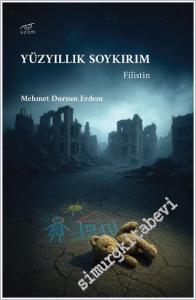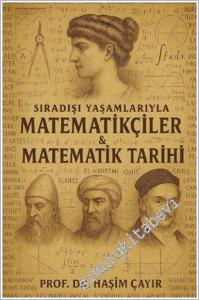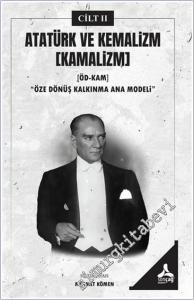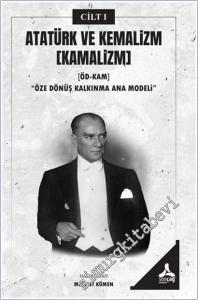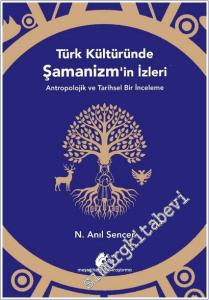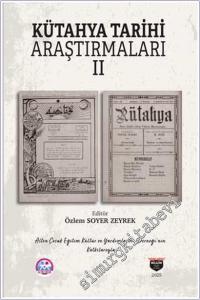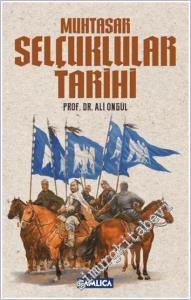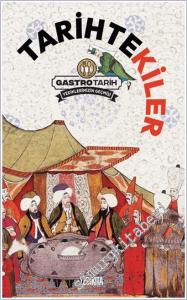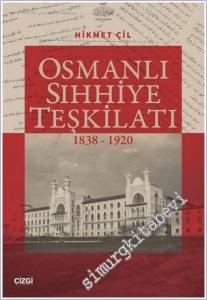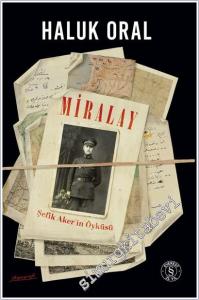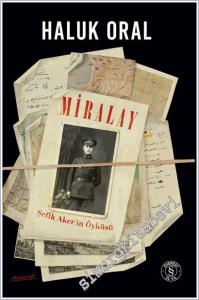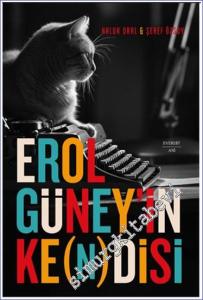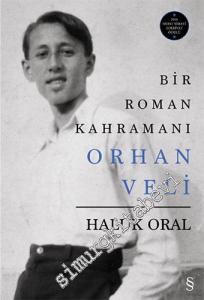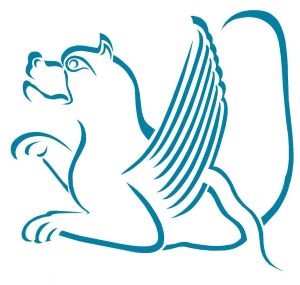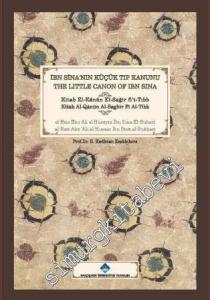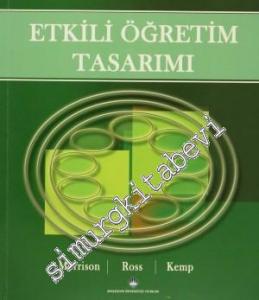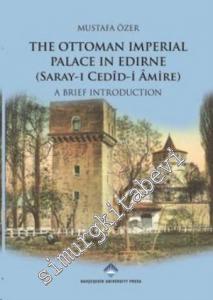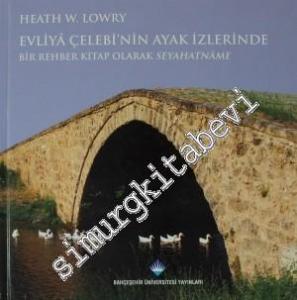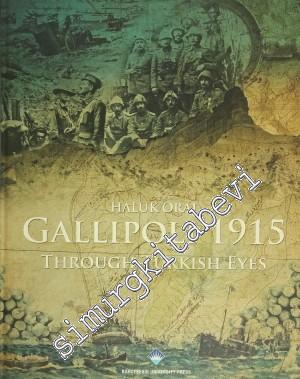
The powers at war in Gallipoli shared a common fate. In a fight to the death waged in trenches facing each another at distances of just eight ten twenty meters they learned to respect one another and their common fate would lay the foundations for a friendship that would flourish once the battle had drawn to a close.
This book is the product of Haluk Oral's passionate quest of some twenty years during which he fastidiously collected the documents objects and recollections you will read about herein. It is not a typical study of war or war history. At the heart of this work are the 'human landscapes' of the Battle of Arıburnu one of the most critical clashes of the Gallipoli Campaign. The author traces the stories of the people of both sides shaped as they were on the thin line dividing life and death there on that narrow coastal strip.
A bloodstained map a flask inscribed with its owner's name purchased from an antique shop and an order handwritten by Mustafa Kemal are just a few of the objects that serve as the points of departure for the stories in this volume. The autonomous short stories in this book which proves the significance of not only the written word but of visuality in reimagining history provide us with important clues to the past. With its 'micro' history approach this volume deftly reveals aspects of history that are hidden in the details and thus so often overlooked by 'macro' history.
The powers at war in Gallipoli shared a common fate. In a fight to the death waged in trenches facing each another at distances of just eight ten twenty meters they learned to respect one another and their common fate would lay the foundations for a friendship that would flourish once the battle had drawn to a close.
This book is the product of Haluk Oral's passionate quest of some twenty years during which he fastidiously collected the documents objects and recollections you will read about herein. It is not a typical study of war or war history. At the heart of this work are the 'human landscapes' of the Battle of Arıburnu one of the most critical clashes of the Gallipoli Campaign. The author traces the stories of the people of both sides shaped as they were on the thin line dividing life and death there on that narrow coastal strip.
A bloodstained map a flask inscribed with its owner's name purchased from an antique shop and an order handwritten by Mustafa Kemal are just a few of the objects that serve as the points of departure for the stories in this volume. The autonomous short stories in this book which proves the significance of not only the written word but of visuality in reimagining history provide us with important clues to the past. With its 'micro' history approach this volume deftly reveals aspects of history that are hidden in the details and thus so often overlooked by 'macro' history.

